SEWIP Block III: new horizons for the US Navy's electronic warfare
Tyler Rogoway from The Drive Warzone section gave a very interesting alignment about the latest American inventions in the field of shipborne electronic warfare. It makes a direct sense to familiarize yourself with his calculations, because we know that Americans are good at praising themselves, but in their boasting one can always catch more serious things that are really worth thinking about.
The battle for control of the electromagnetic battlefield is gaining space speed, and the ability to defend warships against many types of threats, from increasingly sophisticated anti-ship missiles to swarms of unmanned aerial vehicles, is becoming more important. The United States Navy is currently on the verge of receiving the most revolutionary update to its electronic warfare capabilities with the Block III AN / SLQ-32 (V) 7 Ground Electronic Warfare Improvement Program, or Block III SEWIP.
This system combines the advanced passive detection capabilities of SEWIP Block II with the capability of active, powerful and highly accurate electronic attacks against multiple targets at once. In addition to its core functionality, Block III can do much more, including serving as a communications hub and even a radar system. Plus, according to the US military, Block III has great modernization potential for many years to come.
Today, the SEWIP Block III concept is being tested, and if the tests are successfully completed, the system promises not only huge defensive, but also offensive capabilities for the US Navy.
SEWIP Block III is being developed by Northrop-Grumman and Tyler Rogoway interviewed Michael Mini, Northrop-Grumman's vice president in charge of SEWIP Block III.
Tyler: Could you tell us a little bit about what block III SEWIP really is and the status of the program?
Mini: SEWIP stands for Ground Electronic Warfare Improvement Program ... And the Navy purchased it in three upgrade blocks.
Block I is some updates to displays and processing systems.
Block II is an electronic support subsystem that is used to monitor the broadcast, determine the location of the emitters and what from among those detected can pose a threat to the ship.
Block III is an electronic attack subsystem. It is non-kinetic weaponthat the ship's captain and crew can use to engage anti-ship missiles and any other radio frequency threats the ship encounters.
The nice thing about non-kinetic weapons is that they don't require the ammo that is usually limited on ships. SEWIP Block III can attack multiple targets at once. This is important, especially when it comes to anti-ship missiles. And you have an unlimited number of "shots" at these missiles.
SEWIP Block II was installed about three years ago on the USS Carney (DDG-64), on the right side, and can now be found on many other US Navy ships. The predecessors of SEWIP Block II were installed on the left side, so you can very easily determine which generation systems are on the ships.
When we started designing the architecture for SEWIP Block III, we introduced several innovations that set SEWIP Block III apart from other systems of a similar nature.
First, we have fully complied with the requirements of the Naval fleet in terms of advanced electronic attack techniques needed not only to deal with today's threats, but also the future threats that we only expect to face. We have adopted an open architecture that allows us to modernize the system and support the implementation of technologies of the future.
We also used a flexible software environment to implement hardware support. This makes it easy to upgrade the system by simply creating system software shell updates.
The result is a system with a multifunctional RF architecture, complex but effective. And that will be the core of SEWIP Block III. Also, the system will use all the advantages of broadband multifunctional active scanning systems AESAs.
The result is a truly multifunctional system that can be used both for electronic reconnaissance and tracking signal sources, as well as for solving some problems in the field of ESM, that is, electronic support measures, which was the main essence of SEWIP Block II.
In addition, the new system is capable of communicating and transmitting communication signals and arrays of information, and not only between ships, but also between completely different platforms. For example, AWACS aircraft or coastal missile systems.
Finally, the system can be used as a radar if necessary. Yes, a conventional radar for monitoring the surrounding space.
We plan to actively use artificial intelligence in the system with the possibility of improvement. This would allow us to quickly identify unknown signals and interfere with them as quickly as possible, while simultaneously introducing new signatures into our signal database for later use.
At the end of last year, we also demonstrated a new set of communication subsystems that can be used in our system and which can allow the SEWIP system to connect to other SEWIP systems (older formations) or to connect to other platforms - they can be airborne, they can be space-based ...
And this is a key factor that can be used by the Navy to integrate representatives of other branches of the military into the tasks of the Navy, which is at the same time part of the initiative of the Ministry of Defense, expressed in the JADC2 (Joint Command and Control in All Areas) program.
We're trying to compactly connect sensors, platforms, and capabilities to improve system performance and enable it to evolve for years to come.
So by creating advanced communications waveforms in SEWIP, we not only help the Navy meet their future weapon enhancement needs, but it's also a great way to simply demonstrate the true versatility of what we offer the Navy.
As for further development of the program, this year we delivered our model to the Engineering and Manufacturing Technology Development (EMD) Center on Wallops Island, where ground testing will begin. The Center will conduct IOT & E (Initial Testing and Performance Assessment) using the system we have provided them.
We also have two prototype systems that we are going to install after testing this year on the Arleigh Burke-class destroyers for real testing on the fly.
SEWIP Block III will initially be deployed on Arleigh Burke-class destroyers in the same area where the elements of the SEWIP Block II system are mounted, but in the future the system can be mounted on aircraft carriers and landing ships.
And this is a brief overview of the capabilities of not only our SEWIP Block III system, but also some of our unique aspects that we believe differentiate our approach, as well as some data about our future development of the current program.
Tyler: You mentioned three blocks and the different capabilities they have. Block III adds an active emitter component instead of the passive system for Block II. I noticed that in the past there was an Assistant that was an active jamming system that worked with SEWIP. What does this new active ingredient do? Obviously he can counter certain missiles and other things, but what does he really bring to the fight with his AESA array?
Mini: That's a really good question ... The AESA modules, there are several of them that make up our system. More precisely, there are 16 AESA modules in total, and we have four facing each quadrant of the ship to provide full 360 degree coverage around the ship, and two of them are used for receiving and two of them are used for transmitting.
So we use the AESA modules to pinpoint exactly where the enemy threat is, be it an anti-ship missile or an enemy radar system, or whatever it is, and then using that precise angle and information about where they are and where they come from approaching us, we then use our transmitting antennas to transmit an electronic attack signal to attack the radio frequency system that poses a threat to us.
One of the key benefits of AESA is that you can dynamically tune and focus your RF energy, and so instead of some legacy EW systems that use very wide beams, we intend to create a very narrow but energetically dense beam in space.
(By the way, a similar technique was used in the Russian Krasukha systems. There are both positive and negative aspects in this - approx.)
The EMD system, which is a standard two-element SEWIP Block III module, which will be installed on the bow superstructures of Arleigh Burke-class destroyers.
A sword instead of a club. By knowing where a threat is from our receiving antennas, we can accurately target massive amounts of RF energy to that threat. Since we can move and direct beams with the help of a computer in literally a split second, we can shoot several of these beams and hit several objects at the same time.
In this way, AESA allows you to create these dynamically quickly reconfigurable signal sets, leveraging all the energy you have and directing it directly to the threats we face.
At the same time, the issue of Emissions Control (EMCON) is being addressed, because we do not spray RF energy all over the headspace with very broadband antennas. Therefore, it is more difficult to find out that we are jamming our emitters too. We use radio frequency energy as efficiently as possible, which is why it is so important to control the shape of the beam and precisely direct it only to the objects we are aiming at at the moment.
Tyler: Will the system be able to interface with other existing systems? For example, with false target systems? And I know that SPY-6 and the Enterprise's aerial surveillance radar will soon be deployed ... Will it be a system that mostly stands on its own, or will it be tied to the larger Aegis architecture and or another combat system of the ship?
Mini: Because of the way the Navy designed the system, all of the "soft kill" or non-kinetic capabilities are integrated together, and they have a coordination system that controls all active systems and subsystems that are part of the non-kinetic weapon systems available to the ship's commander ...
Threats will be identified, assigned severity, and those that may be subject to the SEWIP Block III e-attack will be attacked. Of course, our active non-kinetic systems can interact with traps that are launched from the ship to distract anti-ship missiles. These booby traps pretend to be a ship, and by providing the "ship's RF signature" deflect anti-ship missiles aside.
Such, for example, is the trap "Nulka", which is launched from the destroyer class "Arlie Burke".
The Nulka hovers in the air for a period of time and is a more tempting target for radar-guided anti-ship missiles than the attacked ship itself.
There are other non-kinetic possibilities that this system controls. Yes, all of this is integrated into the overall combat system of Aegis. Obviously, with the advent of the SPY-6 in service, the Aegis combat system gains even broader capabilities to combat potential threats.
The system will be even better able to detect targets and launch missiles against them, target specific missiles at specific targets, and more flexibly control its kinetic weapons.
Naturally, this also applies to the non-kinetic weapons included in the Aegis system.
Tyler: Can SEWIP Block III also carry out electronic attacks from the shore? Or, say, another ship? Something that is within line of sight, but perhaps not a traditional threat, something like a ballistic missile?
Mini: I did focus on the anti-ship threat in my comments, but in fact the system was designed from the outset against a broad class of any radio frequency threats that a typical navy ship might face ...
We have a wide range of methods that can be used against different types of threats, you said that other ships, enemy ships, radar systems, coastal radar systems ... that an Arleigh Burke-class destroyer might need to be deployed during its mission that something more ...
Since the system is programmatically defined, we have the ability to create a library of signals from various targets, it is a matter of time and experience, and with the help of this library, the combat system mainly displays and identifies the signal. If you see a threat, all that remains is to use the technique against it. And the only question is how effectively the system will select the equipment in order to suppress, detonate, or in some other way eliminate a potential threat.
Eliminating this specific enemy threat, or depriving opponents of the ability to capture or track our ship, or deceive them and destroy many targets so that they cannot determine exactly where the electronic impact came from - all this is the complex of tasks that we want to help solve the fleet.
And we would like to optimize our combat systems to neutralize the most advanced threats our fleet will face over the next several decades.
Tyler: So one thing I noticed about the system is that it is quite large and I have seen images of it installed on the superstructure of an Arleigh Burke class destroyer. What structural changes would be required to install the system on such a destroyer? What is needed to set it up? And you say there are four separate systems, so I would suggest they should point to all four quadrants?
Mini: Right, so we have pictures of our system, our EDM. And our EDM is one half of the ship and you will see it. We call it a sponson ... Basically, our two module elements are built into the sponson. The Sponson is attached to the side of the Arleigh Burke, and then two Sponsons are attached, one on each side, to ensure full four-piece coverage of the ship.
So, in essence, installing the system on a ship is you attach a sponson with elements to each side of the Arleigh Burke, and then you mount two AESAS elements in each. This is what is required for the installation.
Concept art showing how the system will be mounted on a sponson under the bridge wings on Arlie Burke-class destroyers.
Tyler: And then on the ship, if it goes the route, the system will work autonomously, am I getting it right?
Mini: Yes, actually, I'm glad you brought it up ... One of the most recent actions taken by the government is that they have contracted us to expand our existing SEWIP configuration and create a datasheet for them. which could be used to acquire SEWIP Block III capabilities that could be used on aircraft carriers and large deck ships such as LHD (Airborne Assault Ships).
The task is solved with the help of all the same AESAs modules and elements assembled into larger structures, we just need to adapt to a different configuration existing on these large ships. Therefore, we are making some changes to the same cooling and power management systems, but in general, these are the same modules that are or will be installed on the Arleigh Burke-class destroyers. On ships with a large deck, obviously we will need to stretch the wiring and mount these modules in different locations, and this is part of the development work that we are currently doing.
SEWIP Block III may well hit US platforms that are already using earlier versions of SEWIP.
Tyler: The two main things we are always asked about when it comes to EW and naval warfare are: First, the threat of UAS (Unmanned Air System/Small Unmanned Aerial Vehicles), which is becoming more and more prominent, especially swarms of small drones. They may not be able to sink a ship, but they could do a solid mission and do a lot of damage. I would imagine that SEWIP Block III would be able to withstand these types of attacks? In addition, there is also the threat of anti-ship ballistic missiles. Is this something that also falls within the scope of this new system?
Mini: Yes, so I can't comment on either one specifically, I can keep repeating that we designed and developed this system to counter the most serious threat that the Navy will face over the next several decades.
Tyler: You mentioned that SEWIP Block III can recognize potential unknown threats or try to classify them and then possibly counter them. We would talk a little about functionality. For example, is there an operational ability to analyze new signals in real time to try to counter a threat that might not be in the system's threat library?
Mini: Exactly, exactly. So I called it artificial intelligence and machine learning, it's the same as cognitive electronic warfare ... How we approach our system, and how this relates to several different benefits that cognitive electronic warfare can provide.
The first is the ability to quickly characterize and classify those unknown emitters in the environment. Every EW system developed to date has a library attached to it, and if there is nothing in the library for the estimated RF pulse stream, it should be presented to the operator with the words “This is unknown. I don't know what it is, but there is something here. " And therefore, by adding electronic warfare algorithms to our software, so that operators can more quickly identify things that they would not otherwise be able to characterize or identify.
Electronic warfare is now more important than ever before when it comes to protecting the strike group of aircraft carriers.
This is the first step, and we are working on how to do this for SEWIP as part of the implementation of future technology, and we have a number of different advanced cognitive EW algorithms that we have developed and tested in other areas.
In addition to this, for the electronic attack system, we are also working on how to use cognitive algorithms to create electronic methods on the fly. This is a much more difficult task because you not only need to generate jamming signals that you think will work, but also find ways to electronically estimate combat damage in real time to make sure your signals are effective.
In addition, we are working on protection systems that can hide our emitters from the enemy's view.
This is what we are working on, today it is not yet ready to go, but since we are developing a system based on software with fast updates, this only means that I can see that it will definitely be part of the future capabilities of the system.
Tyler: One last question for you, we've seen real signs of a collaborative system that has room for both electronic warfare and kinetic weapons.
It is a much smarter way of solving a problem in a much broader field, using multiple EW methods and platforms to achieve common goals. Could you tell us a little about the interweaving between other platforms in the electronic warfare space and what the system will be able to provide within this system?
Mini: I could say that this is an unresolved issue, it means that you really understand the essence of these things, and now I will say that I can no longer comment.
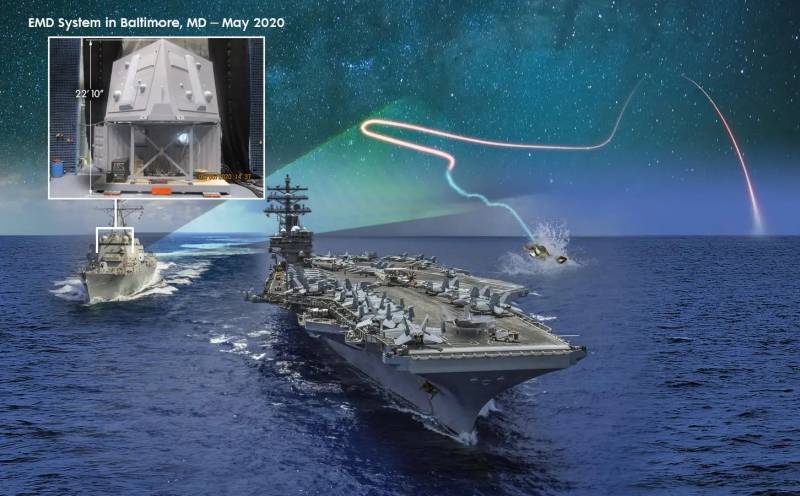
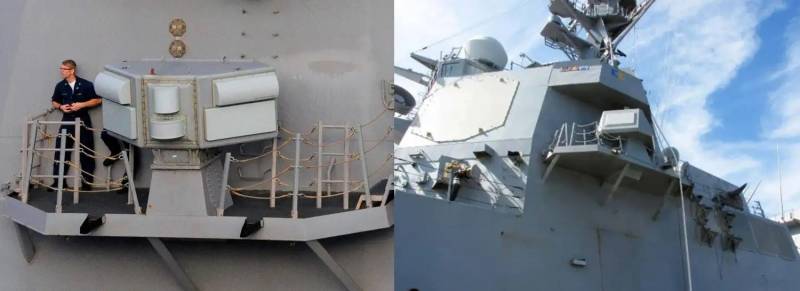
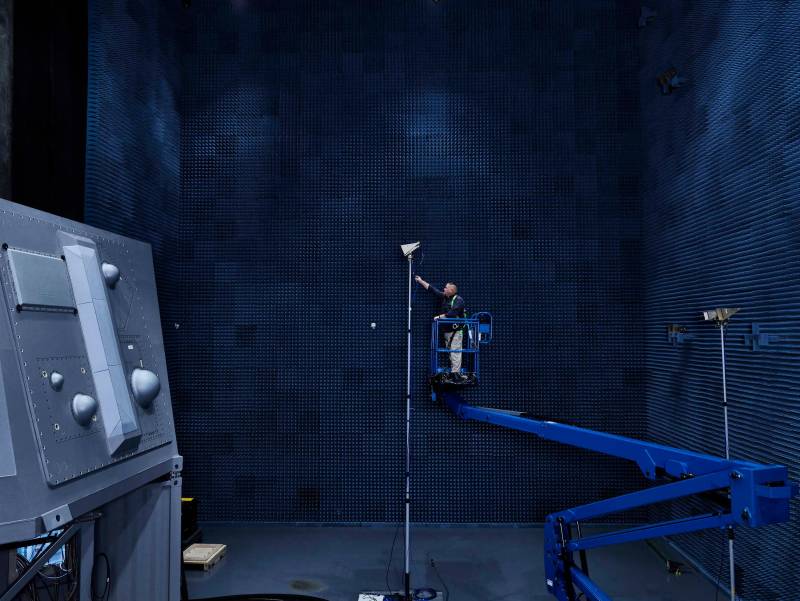
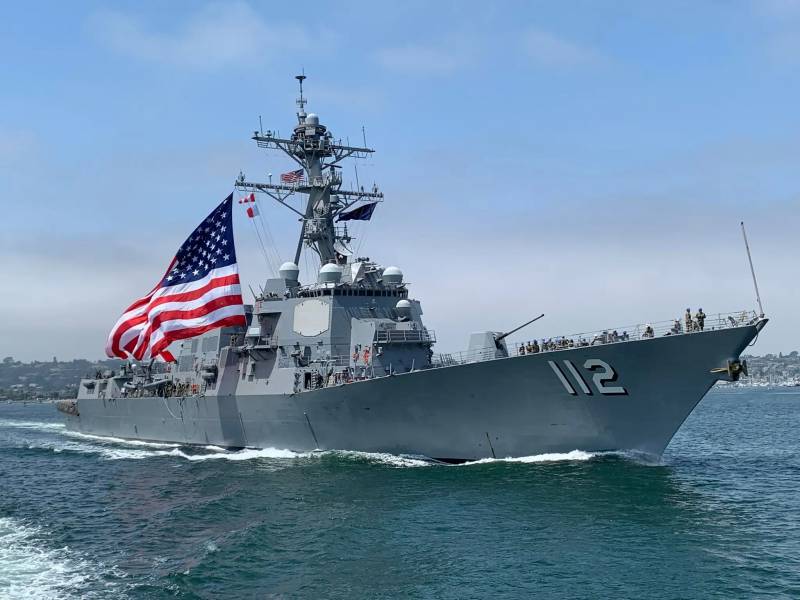
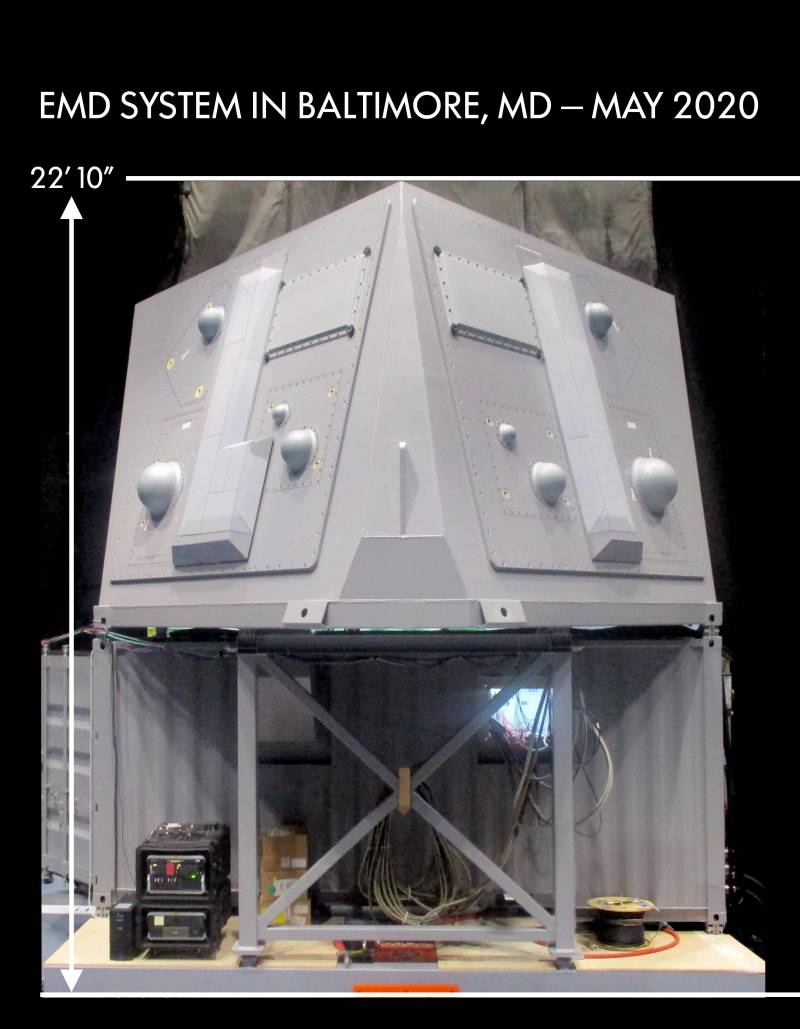
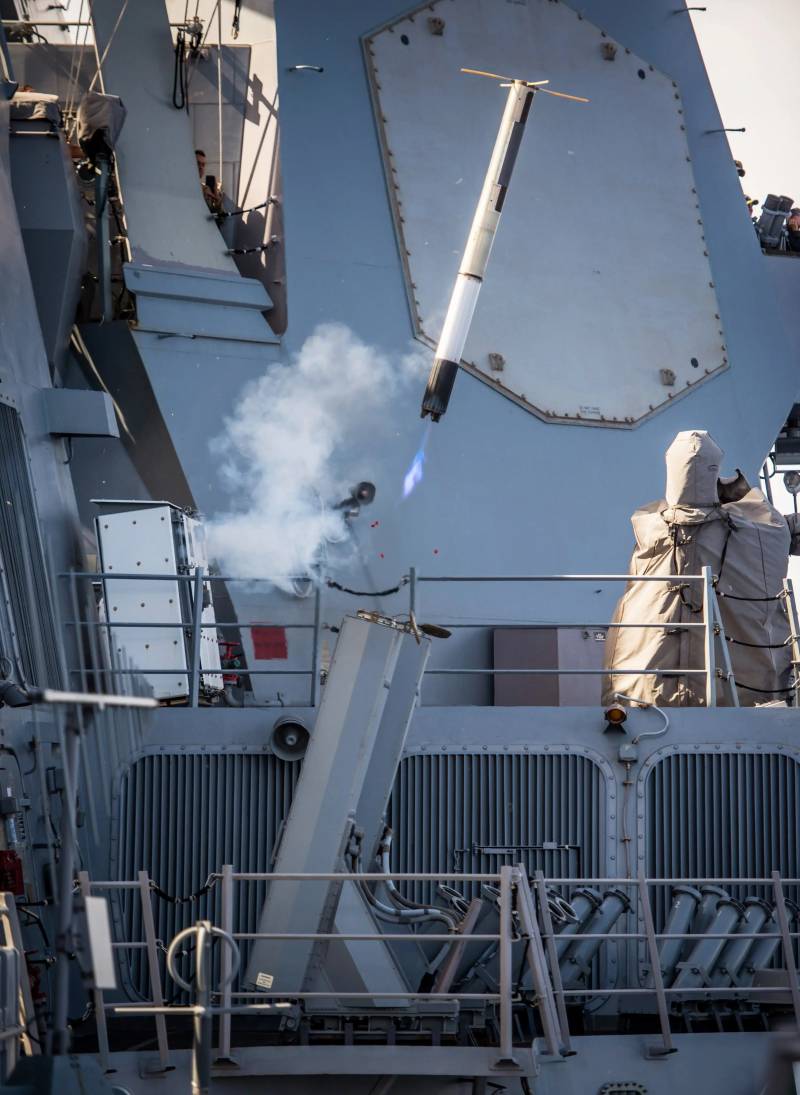
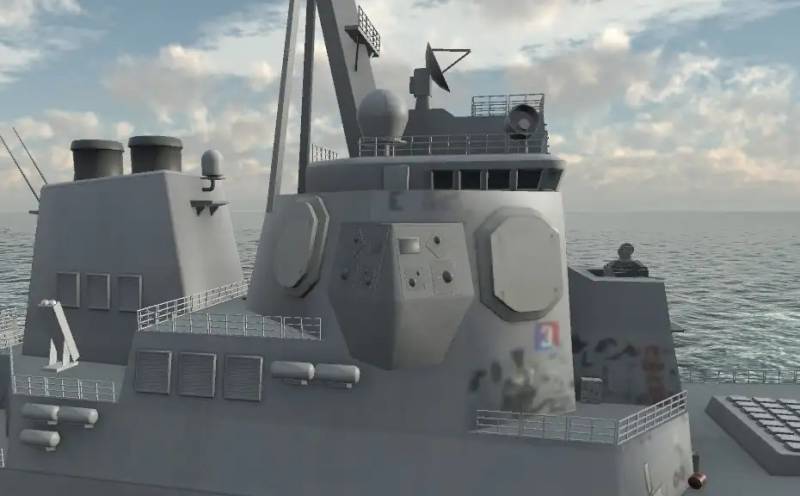
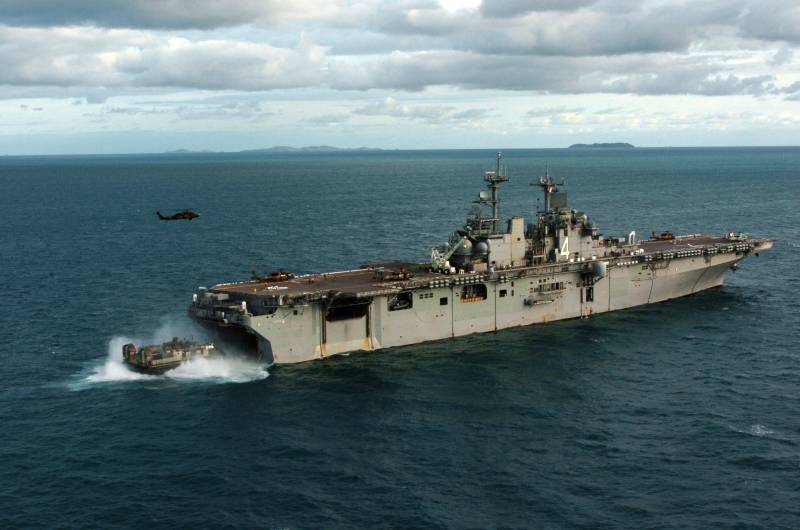
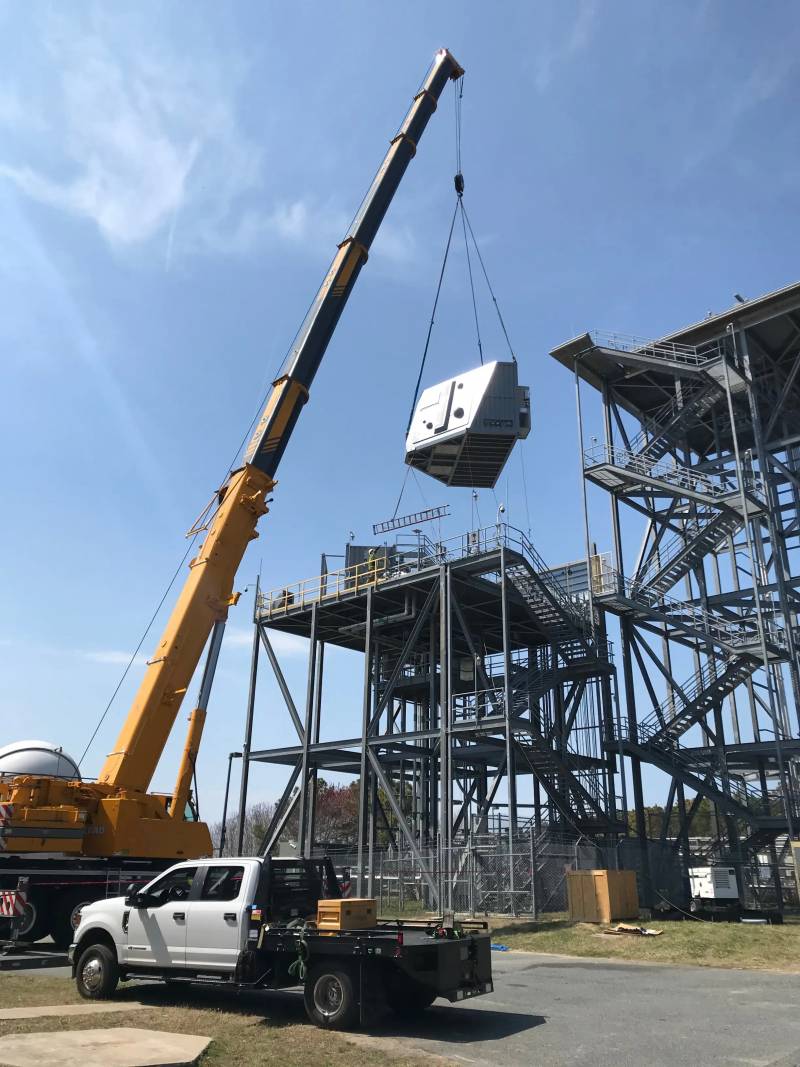
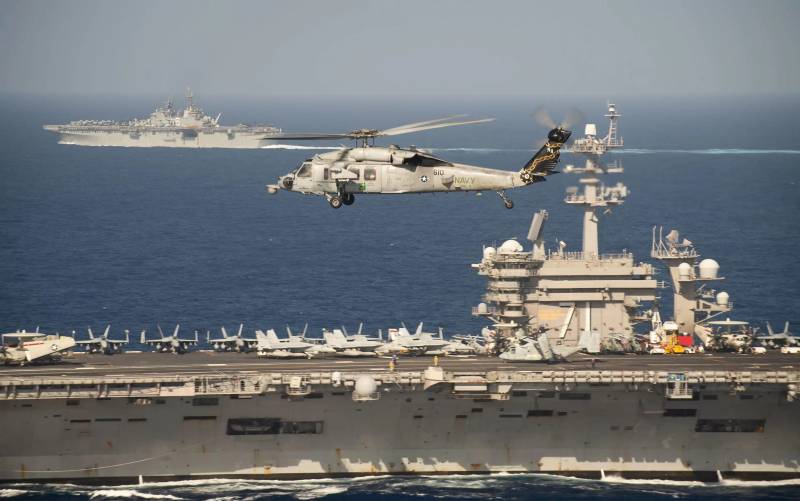
Information